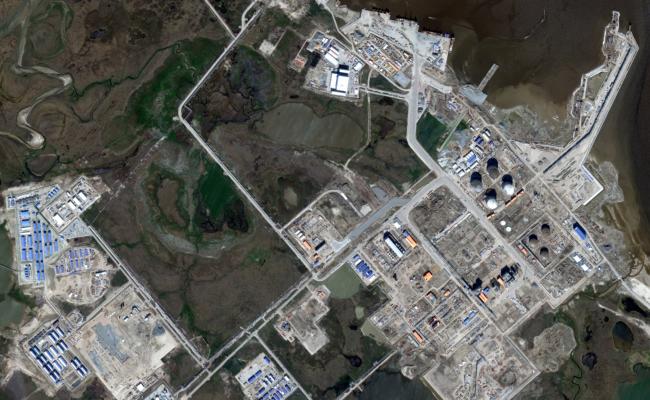Satellite Images Reveal New Russian Long-Range Radar in the Arctic
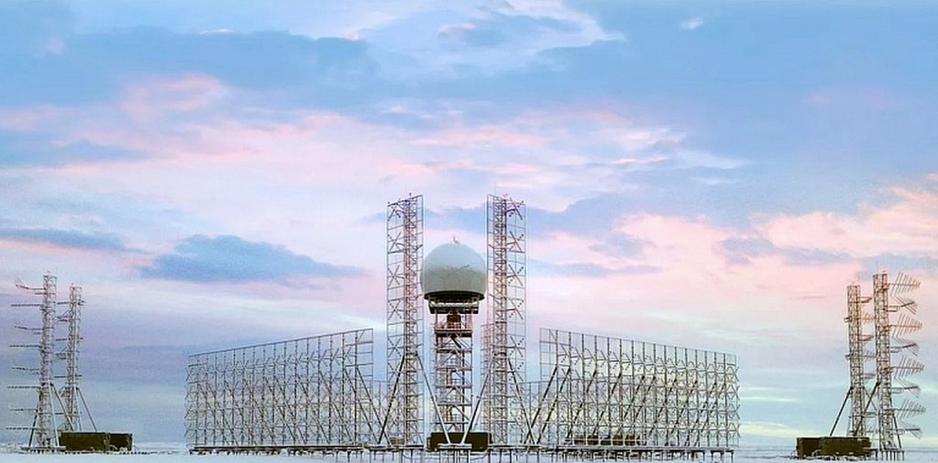
Resonance-N Radar located in the Russian Arctic. (Source: Ministry of Defence of the Russian Federation)
Russia continues to upgrade the military infrastructure of its Arctic bases. The Rogachevo Airbase on Novaya Zemlya now features a new over-the-horizon radar installation and sophisticated S-400 anti-aircraft missiles.
For much of the past decade Russia has reactivated and expanded military bases and infrastructure along its northern frontier. Earlier this year High North News published a detailed account utilizing satellite imagery to highlight some of these developments and to help visualize the scale of the investments.
In this follow-up piece, HNN highlights the construction of two large radar installations in the Arctic, called Resonance-N, and the stationing of the country’s most advanced air-defence systems, S-400, on three military bases throughout the region.
The Resonance-N installation is part of a new generation of over-the-horizon radar capable of detecting and tracking hypersonic targets at a distance of more than a thousand kilometers. The new radar installations work in conjunction with Russia’s most sophisticated air defense system, S-400. Three such systems have been deployed in the Arctic.
The satellite images below show how the Rogachevo Resonance-N radar installation was constructed during 2019.
Robust surveillance for the Arctic
Russia is looking to further expand and upgrade its surveillance capabilities, a point readily confirmed by Ivan Nazarenko, the Director of Resonance Research, the company behind the new radar technology.
"The task of all the radars is to protect the northern direction in the Arctic," Nazarenko stressed.
A very robust surveillance system is key to remaining the regional hegemon, and over-the-horizon radar is undoubtedly part of this effort, explains Rob Huebert associate professor at the University of Calgary and a senior research fellow with the Centre for Military and Strategic Studies.
"It has been able to develop a regional dominance in the Arctic that exceeds that of any other state," confirms Huebert.
Russia is working very hard to become the Arctic hegemon.
Some experts caution that much of recent Russian activity is of a defensive nature used to achieve domain awareness over Russia’s vast amount of land and ocean territory in the Arctic.
“I think the first thing is to not overreact. What the Russian’s are doing does not look that threatening. This is not in the middle of Europe, it is on their own territory, way up there. And what the Russians are putting in right now is oriented towards trying to keep control over their territory,” explains Jim Townsend, adjunct senior fellow at the Center for a New American Security (CNAS), a Washington DC-based think tank
Looking over the horizon
In contrast to traditional radar, which is limited by the radar horizon, Resonance-N can “look” beyond the curvature of the Earth and detect targets at very long ranges. Over-the-horizon radar makes use of radio signals bouncing off the Earth’s atmosphere.
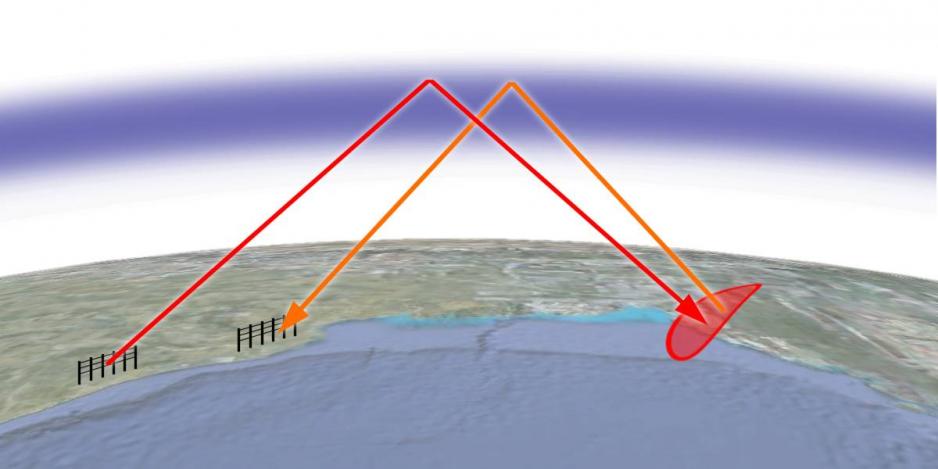
The basic principle of over-the-horizon radar in which a signal from a large transmitter bounces of the ionosphere, reaches the target beyond the horizon, and then reflects an echo signal to a receiving antenna. (Source: Charley Whiskey on Wikimedia under CC BY-SA 3.0)
Over the past five years Russia has constructed three Resonance-N radar installations, two of which are located in the Arctic. The system is designed to detect and track up to 500 targets simultaneously traveling at speeds up to Mach 20.
Russian defense manufacturer Rosoboronexport describes the system as a “very high frequency counter-stealth early warning phased-array radar” which can effectively detect a wide range of current and future air threats, including low-observable and stealth cruise and ballistic missiles and hypersonic aerial vehicles. It also works in severe electronic countermeasures (ECM) environments.
The Resonance-N system consists of four 100 meters-long modules arranged in a square, each covering a 90 degree section of the sky up to a height of 100 kilometers and up to 1,100 kilometers out.
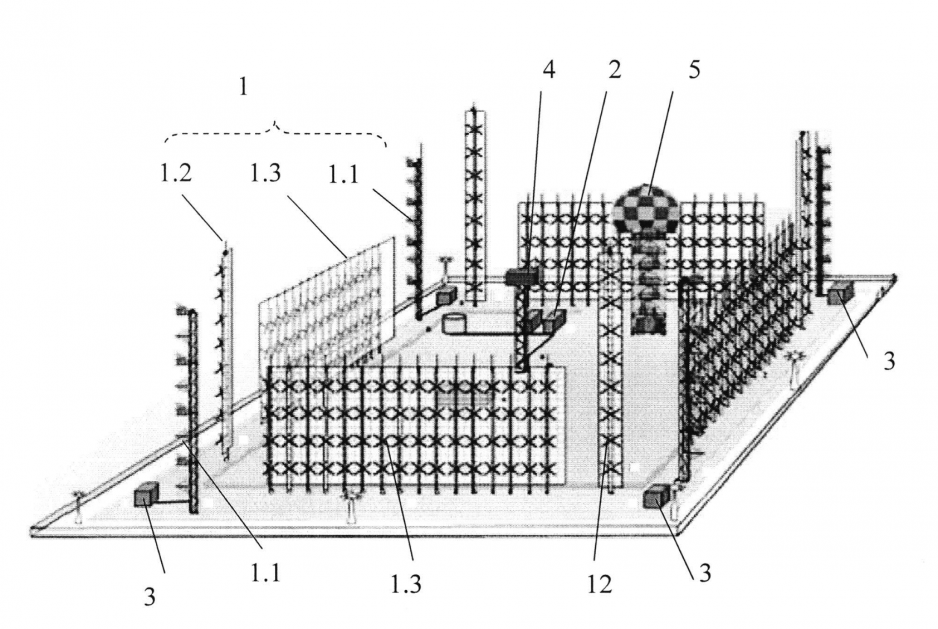
Schematic of the Resonance-N radar system from the Russian patent filing. (Source: Google Patents, link)
Two Resonance-N in the Arctic
Two Resonance-N installations are now active in the Arctic. The first one is located in the Zapolyarny district of the Nenets Autonomous Okrug of Russia, around 500 kilometers south-east of Murmansk. Construction was completed in 2014 and the system has been operational since at least 2018.
The second radar was handed over to the forces of the Northern Fleet last week.
"The radar station Resonance-N is deployed on Novaya Zemlya. It is turned on, tuned in, passed all tests, accepted by the military and is ready to intervene on alert as part of the Northern Fleet," Nazarenko said.
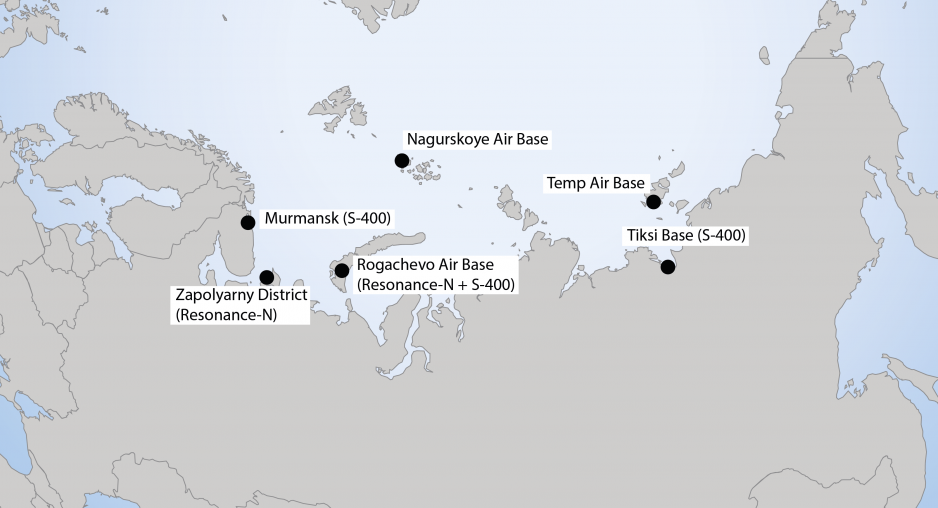
Location of select Russian military bases, including Resonance-N radar and S-400 anti-aircraft installations. (Source: Author's own work)
The satellite images below show the Zapolyarny district Resonance-N facility between 2012 and 2018.
S-400 stationed in Arctic
In addition to new radar installations, Russia has also begun placing its S-400 air-defense system throughout the Arctic. The Rogachevo Airbase on Novaya Zemlya received the system earlier this year. Other battalions of the Northern Fleet operating the system are located in Murmansk and near Tiksi in the Laptev Sea.
According to the Russian military, all Arctic bases, including the Nagurskoye Air Base and the Temp Air Base, will over the coming years be equipped with this latest technology as part of the effort to protect the airspace over the Northern Sea Route. Western military experts widely see the S-400 as one of the most advanced air defence systems available.
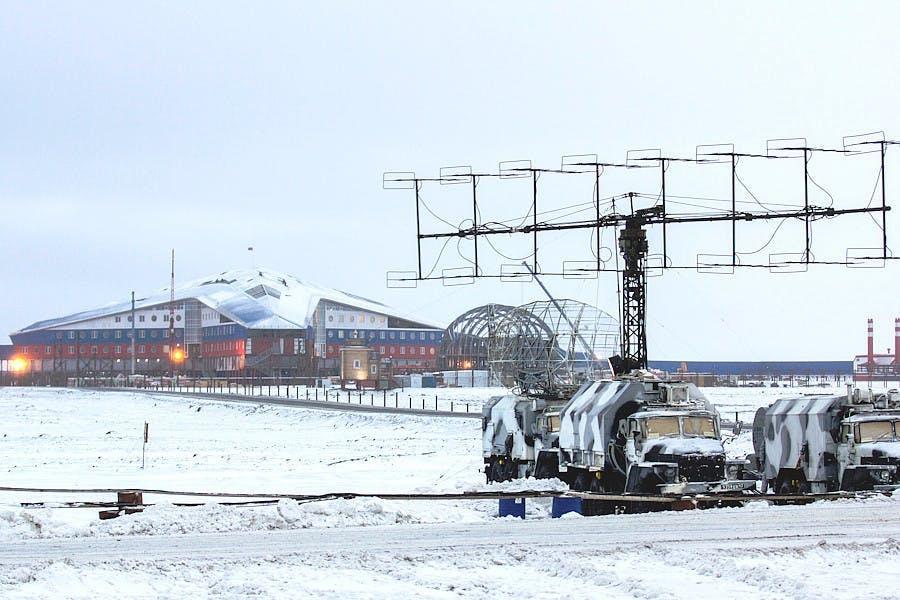
Mobile radar installation near the Nagurskoye Air Base. (Source: Ministry of Defence of the Russian Federation)
At what point does defensive technology end and offensive capabilities begin?
“On the face of it these new Russian systems would appear defensive. But on the other hand if they were to take offense action against an Arctic neighbour, it then becomes difficult for the West to respond in the face of these Russian capabilities. That's why a defensive system in conjunction with an offensive system can provide for an overall offensive capability. In effect, this is what is often referred to as a sword and shield,” warns Huebert.
Across the Atlantic, the U.S. and Canada are now finally starting discussions about efforts to modernize the 1985 North warning system, which was known as the DEW line during the Cold War.
“At this point the West is still playing catch-up,” says Huebert.
An even larger radar for the Arctic
Russian efforts to achieve complete surveillance over its Arctic territory are likely to continue beyond the Resonance-N system. Earlier this month the country activated the first in an even-larger generation of over-the-horizon radar systems, called “Container”.
The massive installation consists of 144 antennas spread across 1,300 meters and is located around 500 kilometers southeast of Moscow near Kovylkino providing up to 3,000 kilometers of radar surveillance in a 180 degree circle towards Europe. The next system of this type is planned for the Arctic.
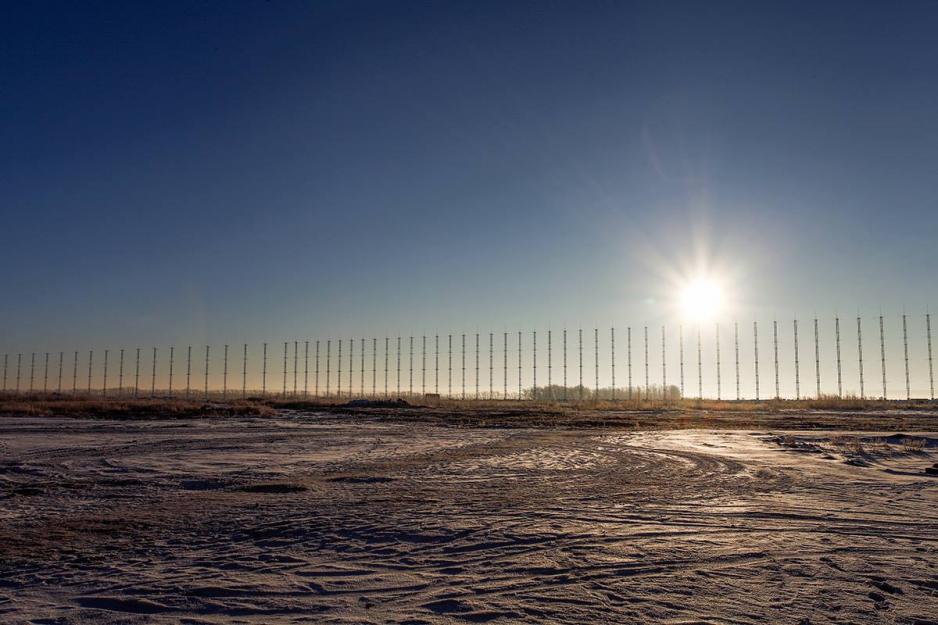
The Container over-the-horizon radar near Kovylkino. (Source: Ministry of Defense of the Russian Federation)
"Further development is possible towards control of the Arctic. This is what we are dealing with at present and this task is being actively considered," Container chief designer Mikhail Petrov explained last week according to TASS.
“Americans and Chinese and Russians are all developing hypersonic cruise missiles. In order to detect a hypersonic cruise missile you need to have a combination of both improve satellite systems along with over-the-horizon radar. So it is clear that the Russians are taking this threat very serious,’ concludes Huebert.


